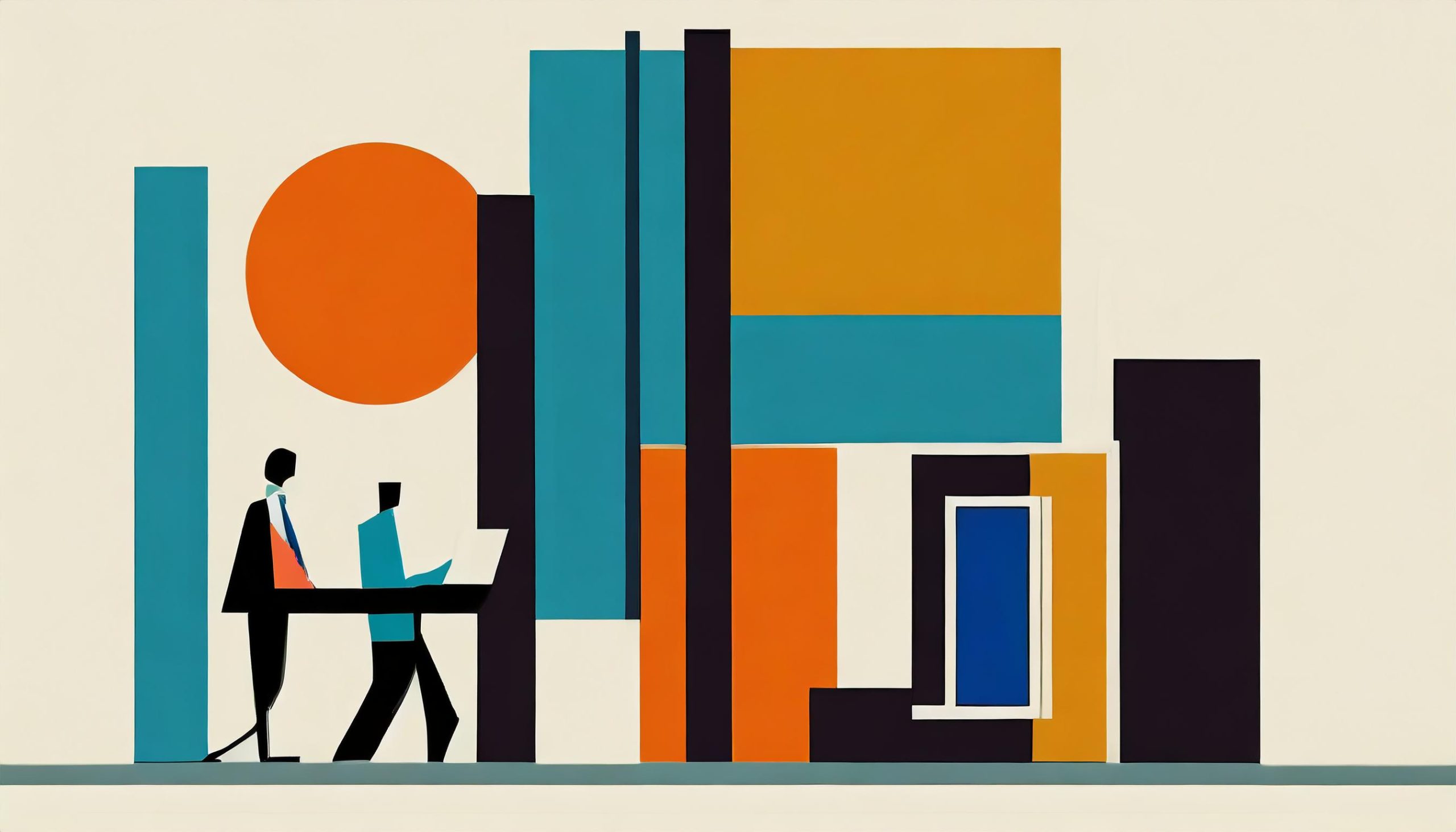A picture maybe worth a thousand words, but it’s the words exchanged between a client and a graphic designer that will determine the success of a project. Good communication isn’t just a nice-to-have; it’s the secret sauce that can make or break your design project. Let’s dive into why it’s so crucial for clients and graphic designers to be on the same wavelength.
First off, think about the initial stages of a project. The client has a vision—a dream of what they want to achieve. The graphic designer, on the other hand, has the skills and expertise to turn this vision into reality. But here’s the catch: if the client can’t clearly communicate their vision, or if the designer doesn’t ask the right questions to understand it fully, the project will likely fail. Misunderstandings can lead to designs that are off-mark, causing frustration on both sides, wasting time and money.
Now, consider the creative process itself. Good communication fosters trust. When a designer explains their creative choices and the client feels heard and involved, it builds a partnership rather than a transactional relationship. This trust allows for more creative freedom and, often, better results. It’s like dancing. When both partners communicate well, they move in sync, and the performance is seamless. But step on each other’s toes? The dance falls apart.
Feedback loops are another area where communication shines. Feedback should be clear, constructive, and focused. For clients, it means articulating what you like or don’t like with specifics rather than generic comments like “make it pop.” For designers, it involves asking clarifying questions and sometimes reading between the lines to truly understand the client’s feedback. This back-and-forth, when done well, sharpens the design and aligns it more closely with the client’s expectations.
Let’s not forget about the role of revisions. They’re a natural part of the design process. Clear communication helps manage expectations about what can be achieved within certain timeframes and budgets. It ensures that revisions are focused and efficient, rather than endless cycles of changes that lead nowhere but to mutual frustration.
Effective communication also encompasses the less glamorous aspects of a project, like timelines, deliverables, and payment terms. Being upfront and clear about these elements from the get-go helps avoid misunderstandings and conflicts later on.
But how do you ensure good communication? It starts with listening, really listening, to each other. It’s about being clear, concise, and open to feedback. It’s about regular check-ins and updates. And importantly, it’s about building a relationship where both parties feel valued and understood.
In conclusion, good communication between a client and a graphic designer isn’t just important; it’s essential. It’s the bridge that connects a vision to its realization, ensuring the journey is smooth and the outcome is something both parties can be proud of. So, whether you’re a client looking to bring your vision to life or a designer eager to showcase your skills, remember that your success hinges not just on your talent or vision, but on how well you communicate.


